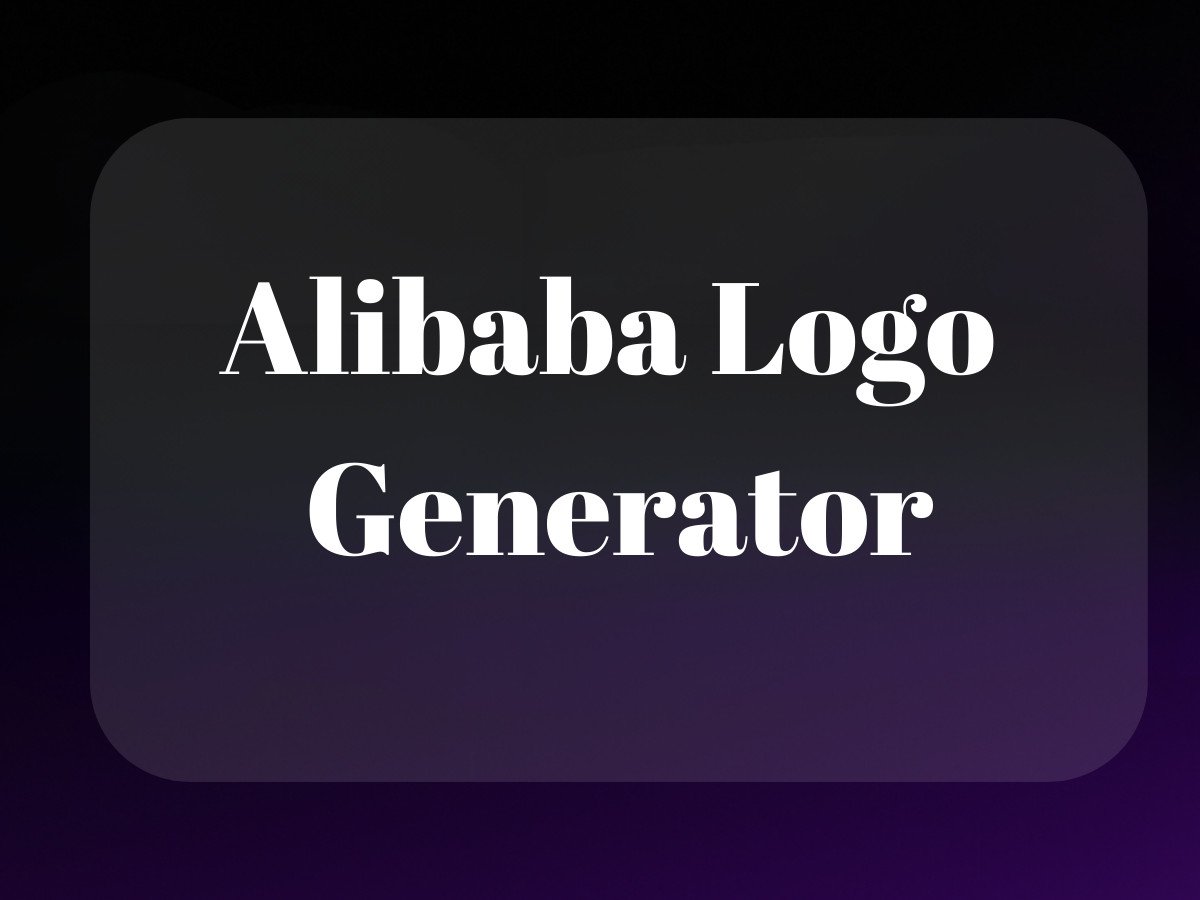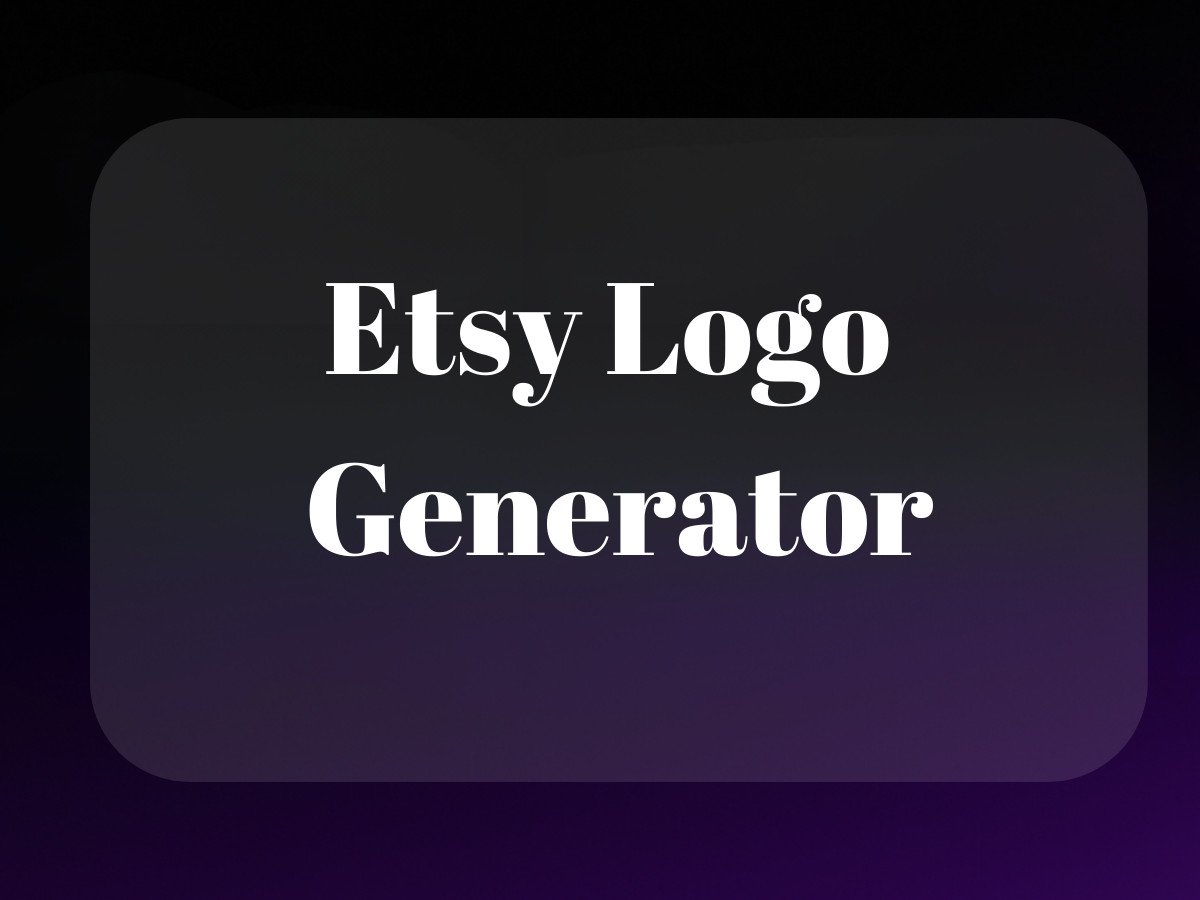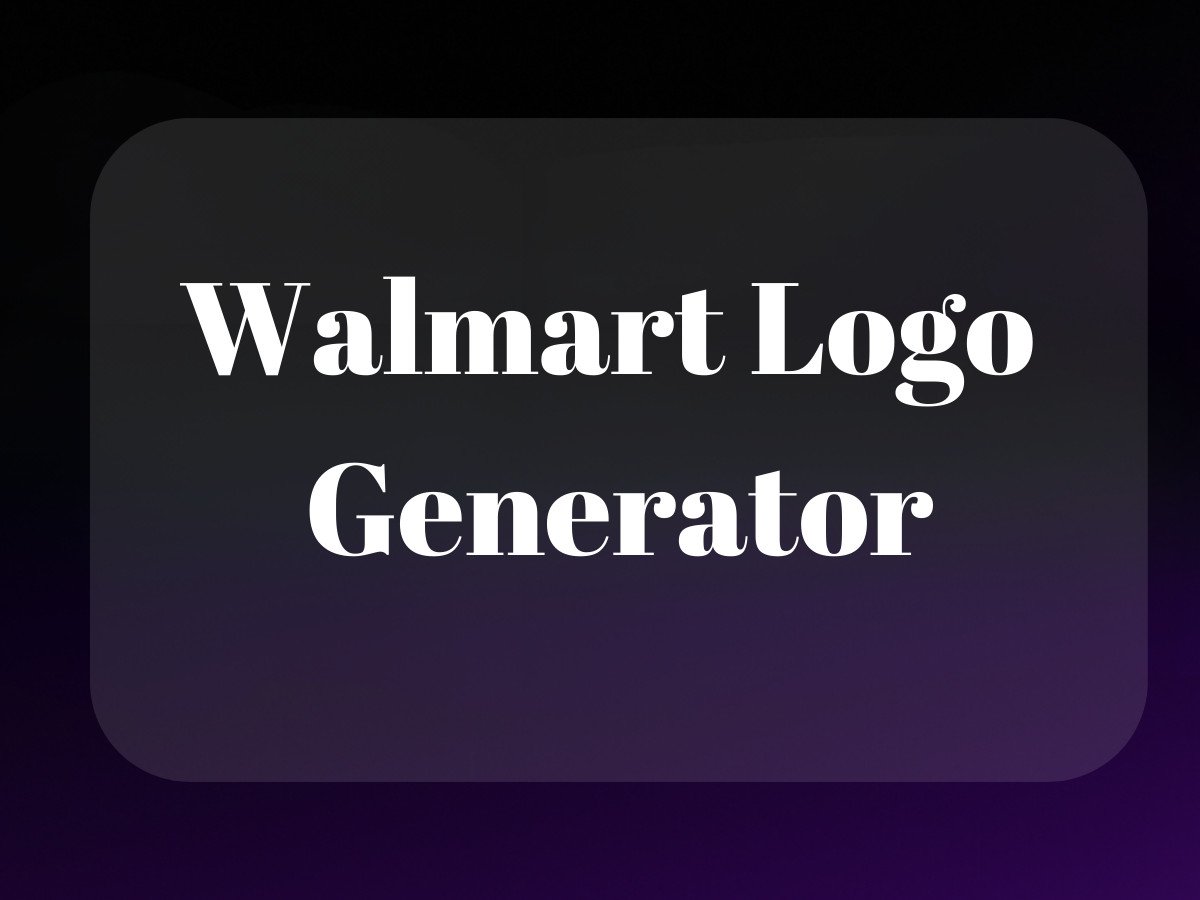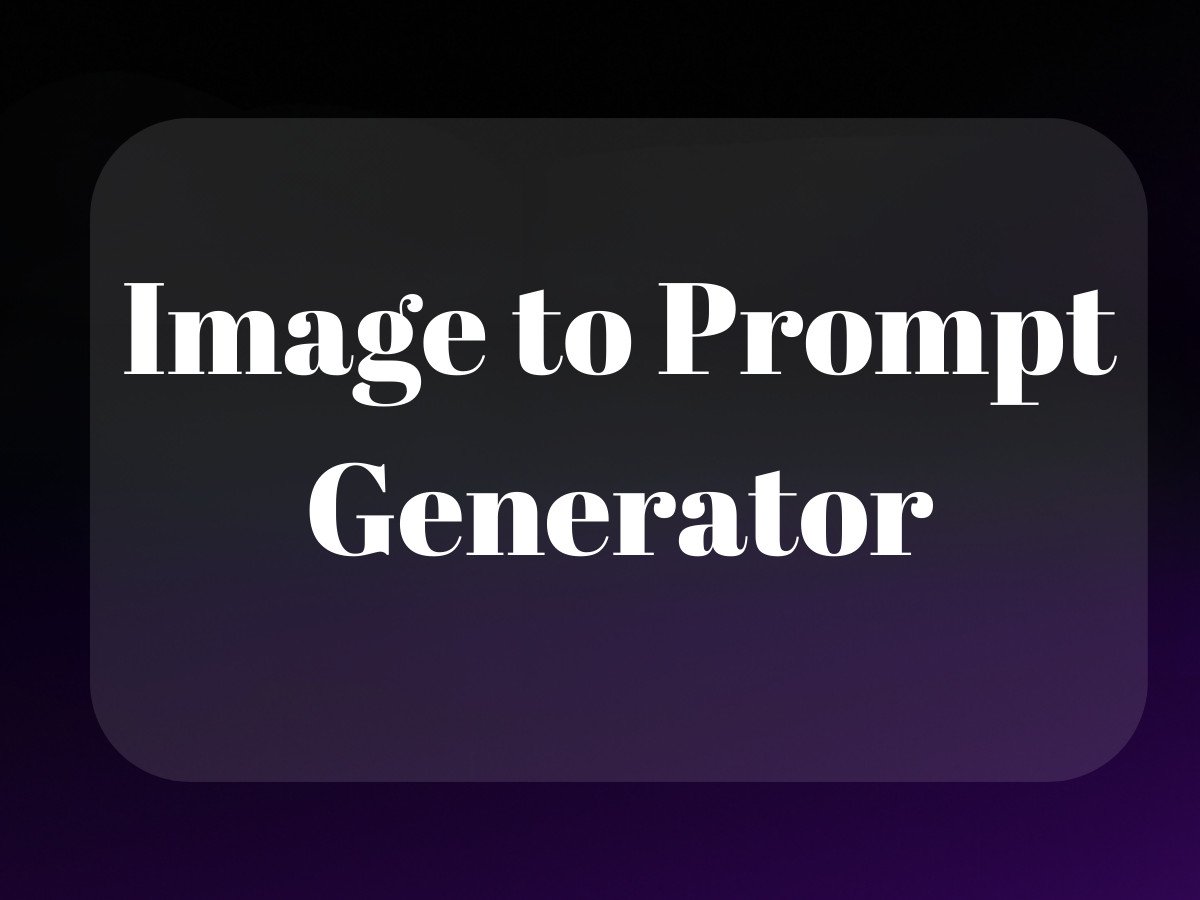Let’s get real about Amazon return pallets for a moment. While everyone’s hyping up the latest AI breakthroughs or chasing dropshipping dreams, there’s this fascinating underbelly of ecommerce that’s been quietly minting money for years – the world of Amazon returns. You’ve probably seen those viral TikToks: someone unboxing a massive pallet of returned Amazon goods, finding everything from high-end electronics to designer clothes at pennies on the dollar.

But here’s the thing – it’s not quite as simple as buying a mystery box and striking gold. I’ve spent years in the trenches of ecommerce, and I can tell you that successfully flipping Amazon return pallets is equal parts science, strategy, and sometimes just plain luck. The question isn’t really “how to buy Amazon return pallets” – it’s how to buy them smartly and turn them into a legitimate revenue stream.
Understanding Amazon Return Pallets: The Real Deal
First things first – what exactly are we talking about here? Amazon return pallets are essentially bulk lots of items that have been returned to Amazon for various reasons. Sometimes they’re perfectly good products that customers simply changed their minds about. Other times… well, let’s just say “gently used” might be a generous description.
Think of it like buying a foreclosed house – there’s potential for incredible value, but you need to know what you’re getting into. These pallets can contain anything from brand-new electronics still in their original packaging to items that look like they’ve been through a war zone. The key is understanding the different types of pallets available and how to spot the diamonds in the rough.
Types of Return Pallets You’ll Encounter
Not all return pallets are created equal. Here’s what you’re likely to find in the wild:
- Category-specific pallets (electronics, home goods, fashion, etc.)
- Mixed merchandise pallets (variety of categories)
- Overstock pallets (excess inventory, usually new)
- Customer return pallets (varying conditions)
- Shelf-pulls (discontinued or seasonal items)
How to Buy Amazon Return Pallets: Starting Smart
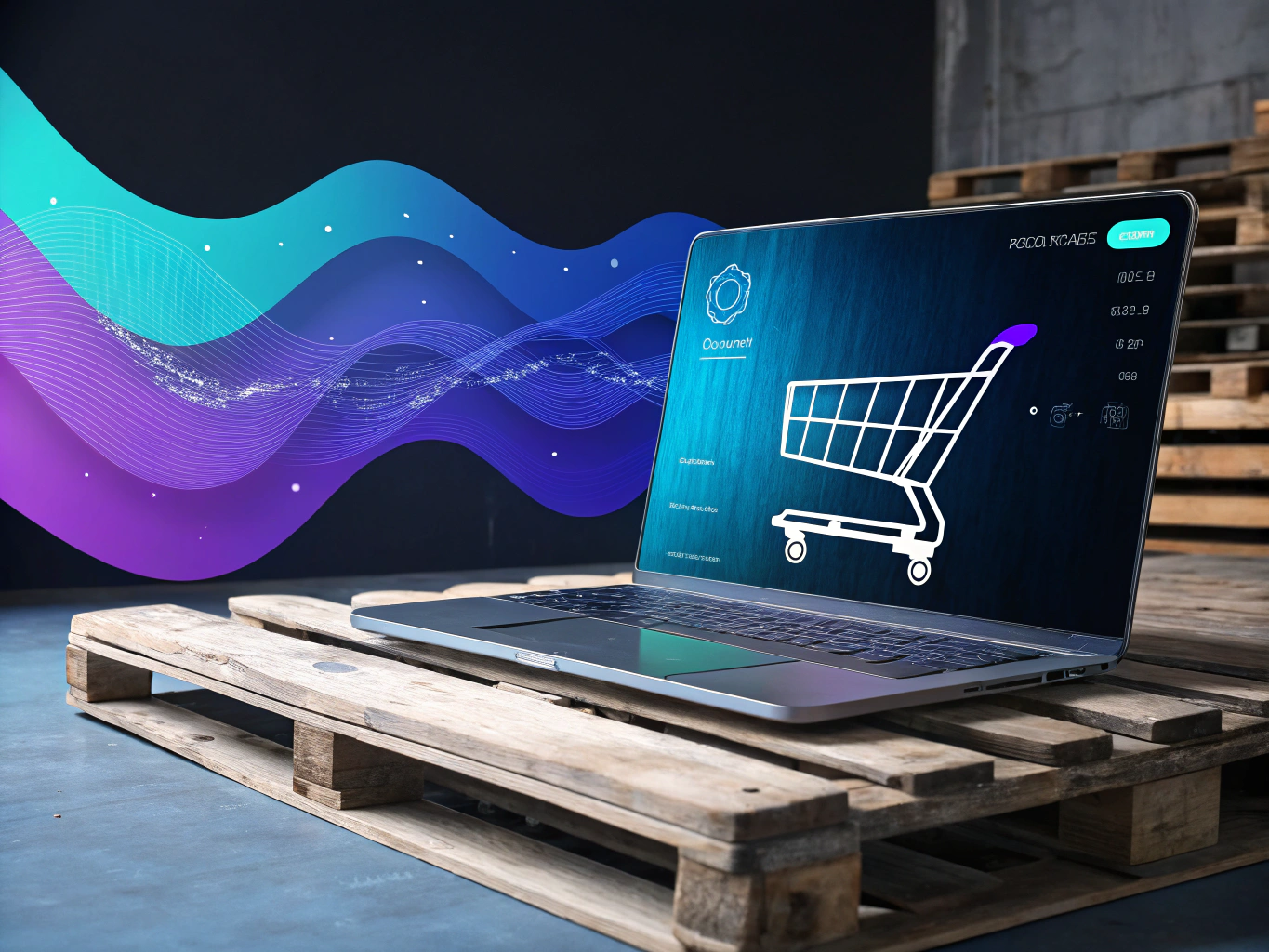
Let’s cut through the noise and get to what really matters. Finding legitimate sources for Amazon return pallets is your first major hurdle. You can’t just walk up to an Amazon warehouse with a truck and ask for their returns (trust me, I’ve heard stories of people trying). There are specific channels you need to work through.
Official Amazon Liquidation Channels
Amazon’s official liquidation channels should be your first stop. B-Stock Solutions runs Amazon’s official liquidation marketplace, and it’s where you’ll find the most reliable inventory. Think of it as the difference between buying a used car from a certified dealer versus some random person on Craigslist – there’s just more accountability.
Direct Liquidation is another major player in this space. They’re not exclusively Amazon, but they handle a significant volume of Amazon returns. The benefit here is that you’re dealing with a well-established system rather than trying to navigate the wild west of independent liquidators.
Finding Legitimate Liquidation Stores Near You
Local liquidation warehouses can be goldmines if you know where to look. The advantage here is obvious – you can actually inspect the merchandise before buying. I’ve seen successful resellers build entire businesses just by working with local liquidation stores, particularly those specializing in amazon return store merchandise.
But here’s the catch – not all liquidation stores are created equal. Some are legitimate businesses with proper amazon liquidation licenses and relationships. Others… well, let’s just say you might want to double-check where their inventory really comes from.
The Economics of Amazon Return Pallets
Let’s talk numbers, because that’s what really matters. I’ve seen those clickbait videos about “$85 amazon return pallets” turning into thousands in profit. While these unicorn cases exist, they’re about as common as finding a perfectly preserved Picasso at a garage sale.
The reality is that most amazon pallets for sale will cost you anywhere from $100 to several thousand dollars, depending on the category and condition. Electronics pallets typically command higher prices, while mixed merchandise or clothing pallets might be more affordable.
Understanding the Real Costs
Here’s what you need to factor into your calculations:
- Purchase price of the pallet
- Shipping costs (often significant)
- Storage space rental (if needed)
- Time spent sorting and testing items
- Packaging materials for resale
- Platform fees for reselling
The most successful resellers I know maintain a 30-40% profit margin after all expenses. That’s not bad, but it requires careful buying decisions and efficient operations. You’re not just buying products – you’re buying into a business model that requires real work and strategy.
Risk Assessment and Mitigation
Let’s be brutally honest about the risks. When you’re buying amazon return pallets, you’re essentially gambling on inventory sight unseen. Even with manifest lists (which you should always request), there’s no guarantee about the condition or completeness of items.
The key to success is developing a system for minimizing these risks. This means:
- Starting small with test purchases
- Building relationships with reliable suppliers
- Keeping detailed records of what works and what doesn’t
- Understanding seasonal trends and demand patterns
- Having a solid plan for dealing with unsellable items
I’ve seen too many eager entrepreneurs jump in with five-figure investments before understanding the basics. Don’t be that person. Start small, learn the ropes, and scale up gradually based on real results, not YouTube promises.
Where to Buy Amazon Return Pallets
Let’s cut through the noise here – buying Amazon return pallets isn’t quite like ordering your regular Prime delivery. Think of it more like treasure hunting, except instead of X marking the spot, you’re navigating through a maze of liquidation channels and auction sites.
Official Amazon Liquidation Channels
Amazon’s not exactly shouting from the rooftops about their liquidation programs, but they do have official channels. The most direct route? B-Stock Solutions – they’re basically Amazon’s Marie Kondo, dealing with all the items that didn’t spark joy for their original buyers.
But here’s where it gets interesting: Amazon Liquidation Auctions aren’t just a free-for-all. You’ll need a reseller certificate and sometimes even proof that you’re a legitimate business. It’s like trying to get into an exclusive club, except instead of a velvet rope, you’re dealing with business paperwork.
Third-Party Liquidation Marketplaces
Remember when I mentioned treasure hunting? Well, these marketplaces are your map. Liquidation.com, BULQ, Wholesale Ninja – they’re all competing for your attention like dating apps competing for singles. Each has its own personality and quirks.
Local liquidation warehouses are the dark horses in this race. They’re like the indie record stores of the liquidation world – harder to find but potentially more rewarding. Plus, you can actually see what you’re buying, which in the world of return pallets is kind of a big deal.
Using ProductScope AI for Smart Pallet Buying

This is where things get interesting (and where I get to talk about my favorite subject). ProductScope AI isn’t just another tool – it’s like having a data scientist and market analyst in your pocket, except this one doesn’t need coffee breaks.
Setting Up Your Buying Strategy
Creating a ProductScope AI account is your first step into a more intelligent way of pallet buying. Our platform analyzes market trends, pricing data, and potential profit margins faster than you can say “liquidation auction.” It’s like having X-ray vision into each pallet’s potential.
The search parameters are crucial – think of them as your filtering system for separating the gold from the… well, the stuff that’s going to sit in your garage for six months. You can set specific category focuses, price ranges, and condition requirements.
Analyzing Pallet Profitability
Here’s where the magic happens. Our retail value calculators don’t just crunch numbers – they tell stories. Stories about what sells, what doesn’t, and most importantly, what could make you money.
The condition grading system is particularly fascinating. We’ve trained our AI to understand the subtle differences between “Like New” and “Good” condition, and what that means for your bottom line. It’s not just about what’s in the box – it’s about what that box could be worth to the right buyer.
Step-by-Step Buying Process
Research Phase
Let’s get real – jumping into pallet buying without research is like trying to swim across the ocean without checking the weather. You need to know your market, your products, and your numbers.
Market research isn’t just about knowing what’s hot – it’s about understanding why it’s hot and whether it’ll stay hot long enough for you to profit. This is where ProductScope AI’s trend analysis becomes your best friend.
Bidding and Purchasing
The auction format can be intimidating at first. It’s like playing poker, except instead of cards, you’re dealing with pallets of returned air fryers and yoga mats. Understanding when to bid, how much to bid, and when to walk away is crucial.
Direct purchase options might seem safer, but they come with their own challenges. You’re trading the thrill (and potential savings) of auction bidding for more predictable pricing. Sometimes that’s exactly what your business needs.
Logistics and Shipping
Shipping costs can make or break your profit margins faster than a pallet of broken electronics. You need to factor in not just the initial transport, but storage, handling, and potential returns.
Insurance isn’t just recommended – it’s essential. Think of it as your safety net in a business where surprises (both good and bad) are part of the daily routine.
Maximizing Return on Investment
Inventory Management
Your inventory management system needs to be more sophisticated than a spreadsheet and some good intentions. This is where ProductScope AI’s inventory tracking tools become invaluable – they help you keep track of what you have, what’s selling, and what’s collecting dust.
Record keeping might sound boring, but it’s the difference between running a business and having an expensive hobby. Every item, every sale, every return needs to be documented. Your future self will thank you during tax season.
Reselling Strategies
Choosing the right marketplace for each item is an art form. Some products sing on eBay, others thrive on Facebook Marketplace, and some might do better through local consignment shops. Don’t put all your eggs in one marketplace basket.
Pricing strategies need to be dynamic. The market changes faster than AI technology these days (and trust me, that’s fast). What worked last month might not work today, and what works today might not work tomorrow.
Legal and Business Considerations

Business Setup
The legal side of things isn’t sexy, but it’s necessary. You need proper business licenses, tax registrations, and insurance coverage. Think of it as the foundation of your house – without it, everything else is just waiting to collapse.
Understanding your tax obligations is crucial. The last thing you want is to have a great year of sales only to find out you owe more in taxes than you’ve set aside. This business is about making money, not giving it all to Uncle Sam.
Compliance and Regulations
Product safety regulations aren’t suggestions – they’re rules written in stone (or at least in very serious legal documents). You need to know what you can and can’t sell, especially when it comes to electronics, children’s items, and anything that goes in or on the body.
Documentation requirements might seem excessive, but they’re your shield against potential issues. Keep everything – receipts, certificates, communication with suppliers. In this business, you can never be too careful.
Advanced Buying Techniques for Amazon Return Pallets
Look, I’ve seen countless entrepreneurs dive into Amazon return pallets like kids in a candy store – only to realize they’re actually walking into a complex business operation that requires strategy and finesse. Let’s get real about what it takes to level up your pallet buying game.
Seasonal Buying Strategies That Actually Work
Here’s something most “gurus” won’t tell you: timing isn’t just about buying post-holiday returns. Sure, January’s great for picking up those unwanted Christmas gifts, but the real magic happens when you start thinking like a chess player – three moves ahead.
I’ve noticed a fascinating pattern using ProductScope AI’s market analysis tools: summer returns often include high-value outdoor gear that sells like hotcakes in fall, while winter liquidation events are goldmines for spring fashion and gardening equipment. It’s like temporal arbitrage, if you will.
Risk Management: Because Hope Isn’t a Strategy
Let’s talk about the elephant in the room – risk. You’re essentially buying blind, even with manifest lists. I’ve learned (the hard way) that successful pallet buyers treat risk management like a science:
- Diversify across categories (don’t put all your eggs in the electronics basket)
- Build relationships with multiple liquidators (because exclusivity is expensive)
- Document everything (your future self will thank you)
- Set clear profit margin thresholds (and stick to them)
How to Buy Amazon Return Pallets: The Long Game
The real secret to success? It’s not about buying pallets – it’s about building a sustainable business. Think of each pallet as a data point in your larger business experiment. Our ProductScope AI users who track their inventory performance religiously typically see 30% better returns than those who wing it.
Building Your Resale Empire
Remember that intern analogy I love using for AI? Well, think of your pallet business as an intern that needs constant supervision and training before it can run on its own. Here’s what that looks like in practice:
- Start with a niche you understand (fashion, tech, home goods)
- Build systems for inventory management
- Develop customer service protocols
- Create a brand identity that resonates
The Future of Amazon Return Pallet Buying
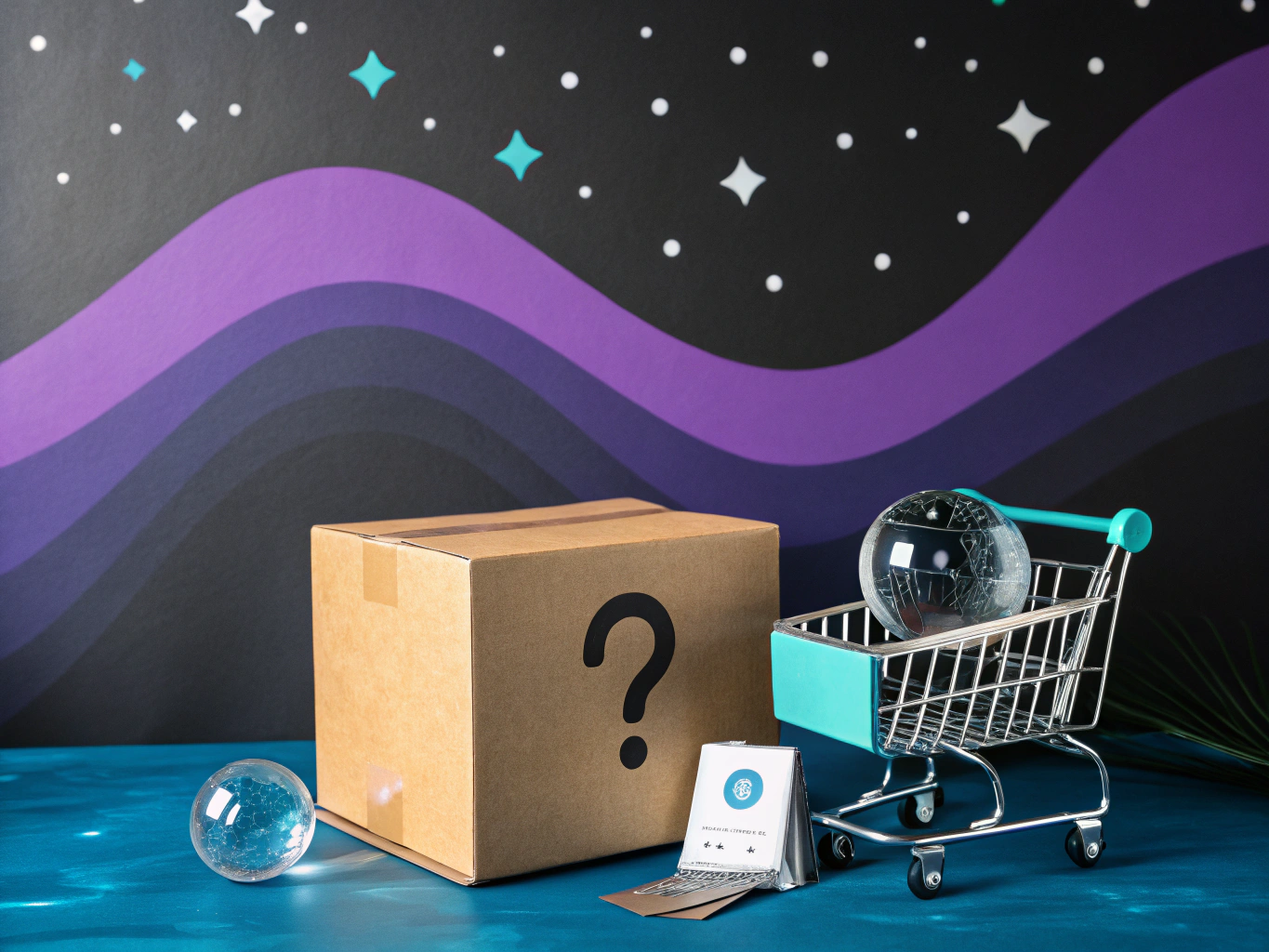
Let me put on my futurist hat for a moment. The liquidation market is evolving faster than a sci-fi plot twist. We’re seeing AI-powered inventory analysis tools (like what we’ve built at ProductScope AI) that can predict pallet value with scary accuracy. The days of purely gut-based buying are numbered.
Emerging Opportunities in the Digital Age
The future isn’t just about buying pallets – it’s about how technology is reshaping the entire ecosystem. We’re seeing:
- Blockchain-verified manifests
- AI-powered condition grading
- Virtual warehouse tours
- Predictive analytics for seasonal buying
Essential Resources and Tools for Success
Let’s get practical. Here’s what your tech stack should look like if you’re serious about scaling:
Must-Have Software Solutions
- Inventory management system (I recommend Zoho Inventory for beginners)
- ProductScope AI for market analysis and product research
- Accounting software (QuickBooks is still king)
- Shipping rate calculator (Pirate Ship is a personal favorite)
Educational Resources Worth Your Time
Knowledge is power, but not all sources are created equal. I’ve curated these based on actual value delivered:
- The Liquidation Groups on Facebook (skip the guru posts)
- Reddit’s r/Flipping community (real people, real experiences)
- ProductScope AI’s weekly market reports
- Local liquidation network meetups
Final Thoughts: Is This Business Right for You?
Here’s the truth about buying Amazon return pallets: it’s not a get-rich-quick scheme. It’s a real business that requires real work. But if you’re willing to put in the effort, use the right tools, and think strategically, there’s genuine opportunity here.
The most successful pallet buyers I know share three traits: they’re methodical, they’re tech-savvy, and they’re patient. They use tools like ProductScope AI not just for buying decisions, but to understand market trends and build sustainable businesses.
Remember: every pallet is a story waiting to be told – and potentially resold. Your job is to be the storyteller who turns those random returns into profitable opportunities. And hey, if you’re just getting started, don’t worry about being perfect. Start small, learn from each purchase, and scale when you’re ready.
Taking Action: Your Next Steps
Ready to dive in? Here’s your immediate action plan:
- Sign up for ProductScope AI’s free trial to access market analysis tools
- Join at least one local liquidation network
- Set up your basic business structure (LLC, tax ID, etc.)
- Start with a small test pallet in a category you know well
- Document everything and adjust your strategy based on real data
The world of Amazon return pallets isn’t going anywhere – if anything, it’s becoming more sophisticated and data-driven. The question is: are you ready to evolve with it?
Remember, in this business, your best teacher is experience. But with the right tools, community, and mindset, you can skip some of the costly lessons many of us learned the hard way. Now get out there and start building your empire – one pallet at a time.
Related Articles:
- Is WordPress Good for eCommerce Store?
- Best Ecommerce Platform for SEO: Boost Store Visibility
- Best Ecommerce Platform for Beginners: A Comprehensive Guide
Frequently Asked Questions
How can I buy Amazon return pallets?
To buy Amazon return pallets, you can visit liquidation websites such as Liquidation.com, B-Stock, and Direct Liquidation, which partner with Amazon to sell returned items in bulk. These platforms require you to create an account and may involve bidding on pallets if they operate as auction sites. It’s essential to review the terms and conditions, as well as the manifest of the pallet, to understand what types of products and potential conditions you’re purchasing.
How much does it cost to buy Amazon returns?
The cost of buying Amazon return pallets can vary significantly depending on the contents, size, and condition of the items included. Prices can range from a few hundred to a few thousand dollars per pallet. It’s important to factor in additional costs such as shipping and handling fees, which can also affect the overall expense.
How do I buy a box of Amazon returns?
Purchasing a box of Amazon returns involves similar steps to buying pallets, but typically on a smaller scale and possibly at a lower cost. You can find boxes of returns on the same liquidation platforms that offer pallets, and you may need to participate in auctions or make direct purchases. Ensure you read the product description and manifest carefully to know what items you’re likely to receive.
Are Amazon return pallets worth it?
Amazon return pallets can be worth it for resellers looking to profit from discounted merchandise, but they come with risks. The value depends on the type and condition of items in the pallet and your ability to resell them at a profit. Some pallets contain electronics, clothing, or home goods that can be lucrative, while others may have defective or unsellable items, so it’s crucial to evaluate each opportunity carefully.
Does Amazon have a return store?
Amazon does not have a physical return store, but it partners with certain liquidation companies to sell returned items in bulk through online platforms. These online liquidation platforms act as intermediaries, where businesses and individuals can purchase returned products directly from Amazon’s overstock or returns. Occasionally, Amazon may sell returned items through their Warehouse Deals section, but this is separate from bulk liquidation sales.
About the Author
Vijay Jacob is the founder and chief contributing writer for ProductScope AI focused on storytelling in AI and tech. You can follow him on X and LinkedIn, and ProductScope AI on X and on LinkedIn.
We’re also building a powerful AI Studio for Brands & Creators to sell smarter and faster with AI. With PS Studio you can generate AI Images, AI Videos, Chat and Automate repeat writing with AI Agents that can produce content in your voice and tone all in one place. If you sell on Amazon you can even optimize your Amazon Product Listings or get unique customer insights with PS Optimize.
🎁 Limited time Bonus: I put together an exclusive welcome gift called the “Formula,” which includes all of my free checklists (from SEO to Image Design to content creation at scale), including the top AI agents, and ways to scale your brand & content strategy today. Sign up free to get 200 PS Studio credits on us, and as a bonus, you will receive the “formula” via email as a thank you for your time.

